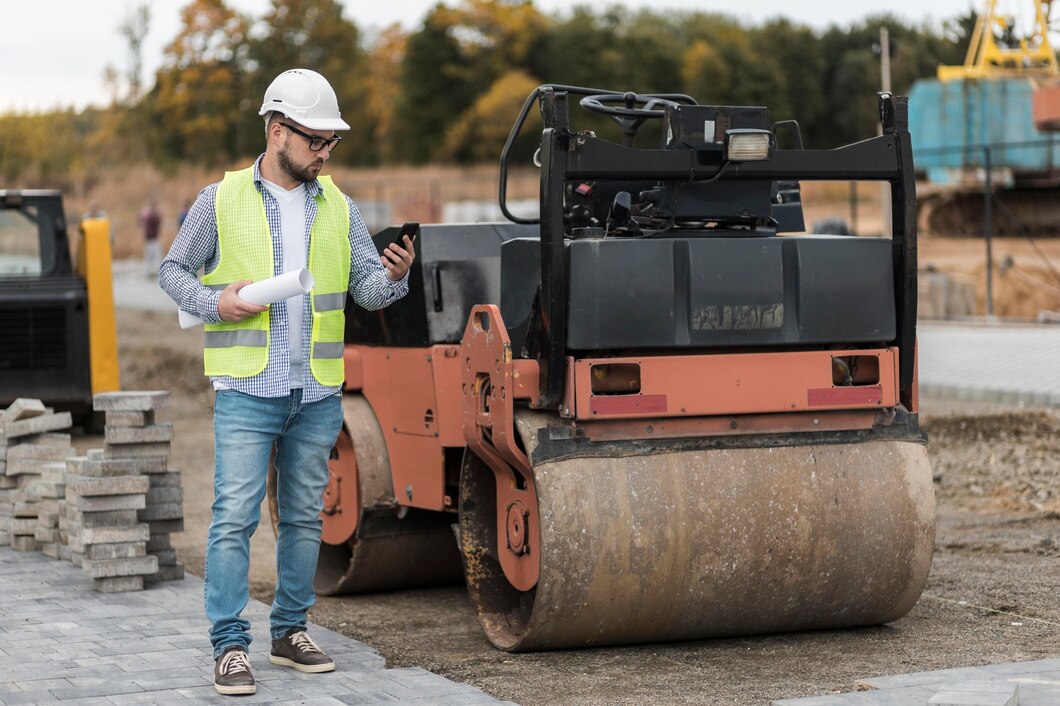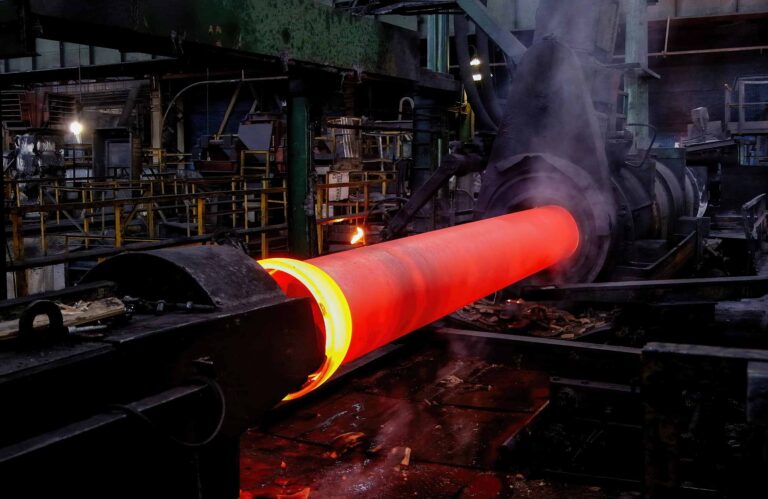Paving the Way for Heavy Load Management’s Future
This blog post explores the evolution of heavy load management in logistics and supply chain management, highlighting current challenges and technological advancements. It aims to provide readers with insights into strategies and tools to enhance their heavy load management practices.
The Evolution of Heavy Load Management
The history of heavy load management is as rich as it is varied. In ancient times, civilizations relied on simple machines like levers and pulleys to move massive objects, such as stones for constructing pyramids and temples. Fast forward to the Industrial Revolution, and we see the introduction of cranes and forklifts, which revolutionized how heavy loads were managed. However, these methods, while effective, required significant manpower and presented safety risks. Today, we stand on the brink of a new era, driven by cutting-edge technology, where automation and digital solutions promise to redefine heavy load management.
Modern solutions in heavy load management are centered around minimizing human intervention while maximizing efficiency. Traditional methods have given way to advanced systems that use sensors, AI, and real-time data analytics. These innovations not only speed up processes but also enhance safety measures, reducing the risk of accidents and injuries. Companies leveraging these technologies have reported significant improvements in operational efficiency and cost savings. The shift from manual labor to automated, technology-driven processes marks a pivotal moment in the history of heavy load management.
Current Challenges Faced by Logistics Managers
Despite the advancements in technology, logistics managers still face a myriad of challenges in heavy load management. One of the most pressing issues is the increasing complexity of supply chains. With globalization and e-commerce on the rise, the demand for efficient logistics has skyrocketed. Companies are tasked with managing larger volumes of goods, often across international borders, which adds layers of complexity to traditional logistics operations.
Another significant challenge is the integration of new technologies into existing systems. Many companies rely on legacy systems that are not compatible with modern solutions. This creates a barrier to adopting the latest advancements in heavy load management. Logistics managers must devise strategies for seamlessly integrating new technologies without disrupting ongoing operations or incurring excessive costs. This balancing act requires careful planning and collaboration across departments.
Safety concerns remain a top priority for logistics managers. Handling heavy loads inherently involves risks, and any misstep can lead to accidents and injuries. Ensuring the safety of workers, equipment, and goods is paramount. However, achieving this without compromising efficiency is a challenge. Managers must implement robust safety protocols and invest in training programs to ensure their workforce is well-equipped to handle heavy loads safely and efficiently.
Emerging Technologies in Heavy Load Management
The advent of the Internet of Things (IoT), artificial intelligence (AI), and automation has ushered in a new era for heavy load management. These technologies offer unprecedented opportunities to enhance efficiency, safety, and accuracy in logistics operations. IoT, for instance, enables real-time tracking and monitoring of goods, providing logistics managers with valuable insights into their supply chains. By leveraging sensors and connected devices, companies can optimize routes, reduce delays, and improve overall operational efficiency.
AI and machine learning are transforming how logistics managers make decisions. Predictive analytics allows managers to anticipate potential disruptions and plan accordingly. AI-powered algorithms can analyze vast amounts of data to identify patterns and trends, enabling logistics professionals to make informed decisions quickly. Automation, on the other hand, minimizes human intervention in repetitive tasks, freeing up resources for more strategic activities. Automated systems, such as robotic process automation (RPA), can perform tasks with precision and speed, reducing the margin for error.
One of the most exciting developments in heavy load management is the use of robotics and air lifting bags. Autonomous robots and drones are being deployed to handle lifting, sorting, and transporting heavy loads within warehouses and distribution centers. These machines can operate tirelessly, enhancing productivity and reducing the physical strain on human workers. By integrating robotics into logistics operations, companies can achieve greater efficiency and agility in managing heavy loads.
Future Trends in Heavy Load Management
The future of heavy load management holds immense promise, with several trends set to shape the industry. One such trend is the continued advancement of AI and machine learning. As these technologies evolve, they will become even more sophisticated in analyzing data and making predictions. Logistics managers can expect AI algorithms to offer more accurate demand forecasting, enabling them to optimize inventory levels and reduce costs further.
Another emerging trend is the use of blockchain technology in heavy load management. Blockchain offers enhanced transparency and security in supply chain operations. By creating an immutable ledger of transactions, logistics professionals can track the movement of goods with confidence, ensuring data integrity and reducing the risk of fraud. Blockchain’s decentralized nature also facilitates seamless collaboration between multiple stakeholders in a supply chain ecosystem.
Sustainability is becoming increasingly important in heavy load management. Companies are under pressure to reduce their carbon footprint and adopt eco-friendly practices. In response, logistics professionals are exploring sustainable transportation options, such as electric vehicles and alternative fuels. Additionally, optimizing routes and load capacities can contribute to reducing emissions. The integration of green practices not only aligns with environmental goals but also enhances brand reputation and customer loyalty.
Best Practices for Adopting New Solutions
For logistics managers and supply chain professionals looking to integrate new technologies into their operations, following best practices is essential. First and foremost, conducting a thorough assessment of existing processes and identifying areas that can benefit from technological enhancements is crucial. Understanding the specific pain points and objectives of your operations will guide the selection and implementation of suitable solutions.
Collaboration across departments is key to successful technology adoption. Involving stakeholders from various functions ensures a holistic approach and fosters buy-in from all parties involved. Open communication and knowledge sharing can facilitate smooth transitions and address any concerns or resistance to change. Training programs should also be implemented to equip employees with the necessary skills to utilize new technologies effectively.
Start small and gradually scale up. Implementing new solutions in phases allows for testing and fine-tuning before full-scale deployment. This approach minimizes disruption to operations and provides valuable insights into the effectiveness of the chosen technology. Regular evaluation and feedback mechanisms should be established to monitor progress and make necessary adjustments along the way.
Conclusion
Now that we have explored the impact of emerging technologies on heavy load management through case studies and future trends, it is clear that adopting new solutions can bring significant benefits to logistics operations. From enhancing efficiency and productivity to improving sustainability and customer satisfaction, technology has proven to be a game-changer in the industry.
Keep an eye for more news & updates on NewsLetTertribune!






